Home>Ideas and Tips>The Best Time To Plant A Vegetable Garden In New England
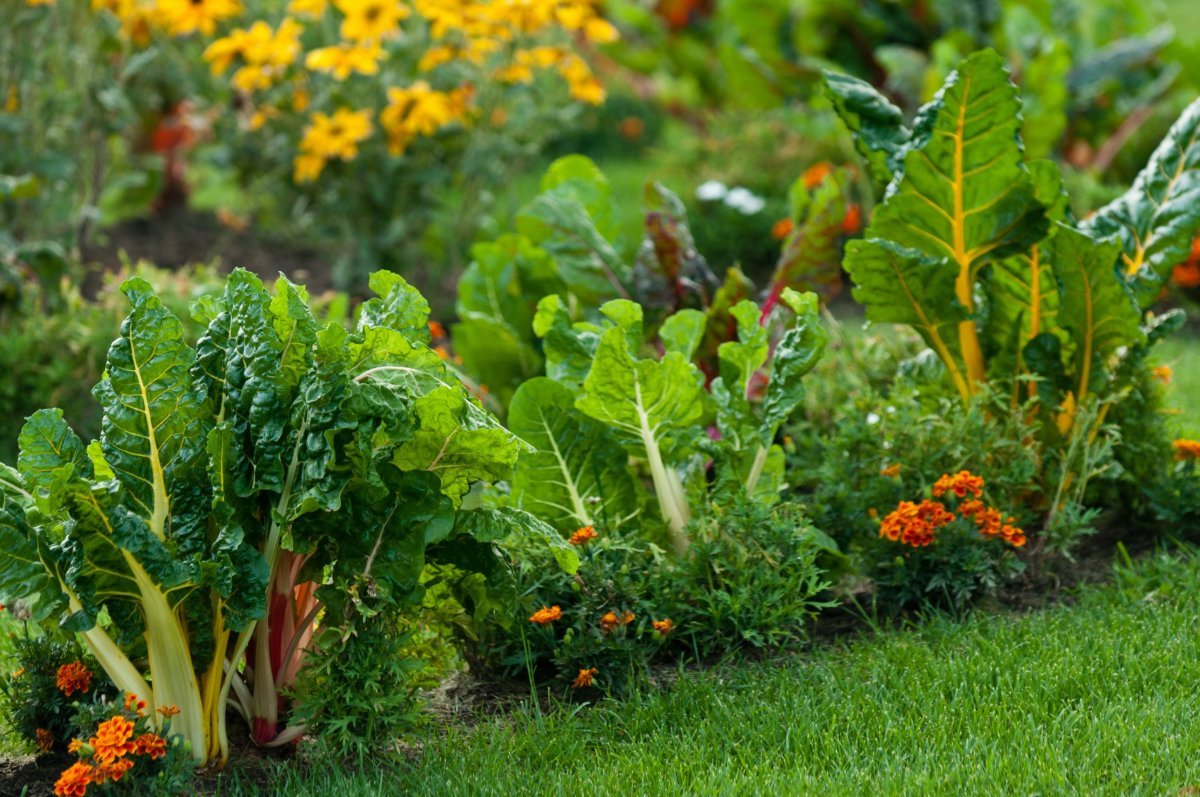

Ideas and Tips
The Best Time To Plant A Vegetable Garden In New England
Published: September 26, 2024
Discover the optimal times to plant your vegetable garden in New England for a bountiful harvest. Learn about frost dates, crop types, and soil preparation.
(Many of the links in this article redirect to a specific reviewed product. Your purchase of these products through affiliate links helps to generate commission for Storables.com, at no extra cost. Learn more)
Planting a vegetable garden in New England can be a rewarding experience, but timing is everything. The best time to plant depends on the type of vegetables you want to grow and the specific climate of your area. Generally, spring and fall are the prime seasons for planting in New England. Spring is ideal for cool-season crops, while fall is perfect for a second harvest of those same crops. Warm-season crops, on the other hand, should be planted after the last frost in spring. Understanding these nuances will help you plan a successful garden.
Understanding New England's Climate
New England's climate is as varied as its landscape. From the coastal areas of Massachusetts to the mountainous regions of Vermont, each area has its own unique weather patterns. However, some general trends apply across the region. Knowing the last and first frost dates is crucial for planning your garden. These dates mark the beginning and end of the frost season, which is essential for determining when it's safe to plant your vegetables outdoors. Here are some approximate last and first frost dates for various cities in New England:
- Boston, Massachusetts: Last Frost Date – May 3, First Frost Date – October 5
- Greenfield, Massachusetts: Last Frost Date – May 26, First Frost Date – September 16
- Haverhill, Massachusetts: Last Frost Date – May 2, First Frost Date – October 6
- Hyannis, Massachusetts: Last Frost Date – May 26, First Frost Date – September 25
- New Bedford, Massachusetts: Last Frost Date – April 20, First Frost Date – October 22
- Rochester, Massachusetts: Last Frost Date – May 22, First Frost Date – September 24
- Springfield, Massachusetts: Last Frost Date – April 29, First Frost Date – September 29
These dates serve as a general guideline and can vary from year to year. It's always a good idea to check local weather forecasts for more accurate information.
Spring Planting
Spring is one of the best times to plant a vegetable garden in New England. The region's cool spring weather allows for a wide variety of crops to be planted as soon as the soil can be worked. Cool-season crops are those that thrive in cooler temperatures and can tolerate light frosts. These include:
- Lettuce: Can be planted as early as April and continues to produce well into late July.
- Kale: Plant in May and enjoy a harvest through mid-July.
- Broccoli: Plant in April and harvest from April to August.
- Spinach: Plant in early spring or late summer for a fall harvest.
- Radishes: Directly sow radishes in the garden as soon as the soil can be worked.
These crops are excellent choices for early spring planting because they can handle light frosts and grow well in cooler temperatures. While the spring is ideal for cool-season crops, warm-season crops require warmer temperatures to grow. These include:
- Tomatoes: Start seeds indoors 6-8 weeks before the last frost date. Transplant them outside when the soil has warmed up.
- Peppers: Similar to tomatoes, start seeds indoors and transplant them outside when the weather warms up.
- Cucumbers: Directly sow cucumber seeds in the garden when the soil has warmed up.
- Zucchini: Directly sow zucchini seeds in the garden when the soil has warmed up.
Warm-season crops typically take longer to mature and require warmer soil temperatures to grow.
Fall Planting
Fall is another excellent time to plant a vegetable garden in New England. The cooler temperatures and increased moisture make it an ideal season for many crops. Many cool-season crops can be planted in the fall for a second harvest. These include:
- Lettuce: Plant in late summer for a fall harvest.
- Kale: Plant in late summer for a fall harvest.
- Broccoli: Plant in late summer for a fall harvest.
- Spinach: Plant in late summer for a fall harvest.
These crops will bolt (go to seed) if the weather gets too warm, so it's crucial to plant them when the days are shorter and cooler. Root vegetables like carrots, beets, and turnips can be planted in the fall. They prefer cooler temperatures and can tolerate light frosts. Brassicas such as cabbage, cauliflower, and Brussels sprouts can also be planted in the fall. They prefer cooler temperatures and can tolerate light frosts.
Preparing Your Soil
Before planting your vegetable garden, it's essential to prepare the soil. Here are some tips:
Soil Testing
If you're unsure about the quality of your soil, consider getting it tested. Many extension offices offer soil testing services that can determine the pH level and nutrient content of your soil. This information will help you decide whether to add compost or other amendments.
Read more: How To Create A New England Style Home
Composting
Composting is an excellent way to improve the quality of your soil. Add organic matter like compost or manure to enrich the soil with nutrients. This is particularly important if you're planting warm-season crops like tomatoes and peppers, which require well-draining soil with plenty of organic matter.
Avoiding Lead Contamination
If you live in an older home or neighborhood, be aware of the potential for lead contamination in your soil. Lead particles from old paints and construction materials can leach into the soil and pose a risk to your health. Consider getting your soil tested for lead if you're unsure.
Protecting Your Plants
Once you've planted your garden, it's crucial to protect it from pests and diseases. Here are some tips:
Using Raised Beds
Raised beds can help improve drainage and reduce soil compaction. They also make it easier to reach plants without having to bend over, which can be beneficial for gardeners with mobility issues.
Read more: New England Charm: Coastal Cottage Vibes
Using Mulch
Mulch can help retain moisture in the soil and suppress weeds. It also adds an extra layer of protection against pests and diseases.
Using Fencing
Fencing can help protect your plants from critters like rabbits and squirrels. Consider using a small wire fence or raised enclosure to keep these pests out of your garden.
Conclusion
Planting a vegetable garden in New England requires careful planning and attention to detail. By understanding the best times to plant cool-season and warm-season crops, preparing your soil properly, and protecting your plants from pests and diseases, you can enjoy a bountiful harvest all season long. Whether you're starting your garden in the spring or fall, following these guidelines will help ensure that your garden thrives and provides you with fresh, delicious produce throughout the year.
Remember to always check local weather forecasts and consult with your local extension office for more specific advice tailored to your area. Happy gardening!
Additional Resources
For more detailed information on specific planting schedules and tips for gardening in Massachusetts, you can visit the UMass Extension website. For general advice on gardening in New England, the Almanac provides a comprehensive planting calendar that takes into account local frost dates and weather patterns. The UNH Extension also offers valuable resources on growing vegetables in New Hampshire, which can be applied to other parts of New England as well.
Was this page helpful?
At Storables.com, we guarantee accurate and reliable information. Our content, validated by Expert Board Contributors, is crafted following stringent Editorial Policies. We're committed to providing you with well-researched, expert-backed insights for all your informational needs.
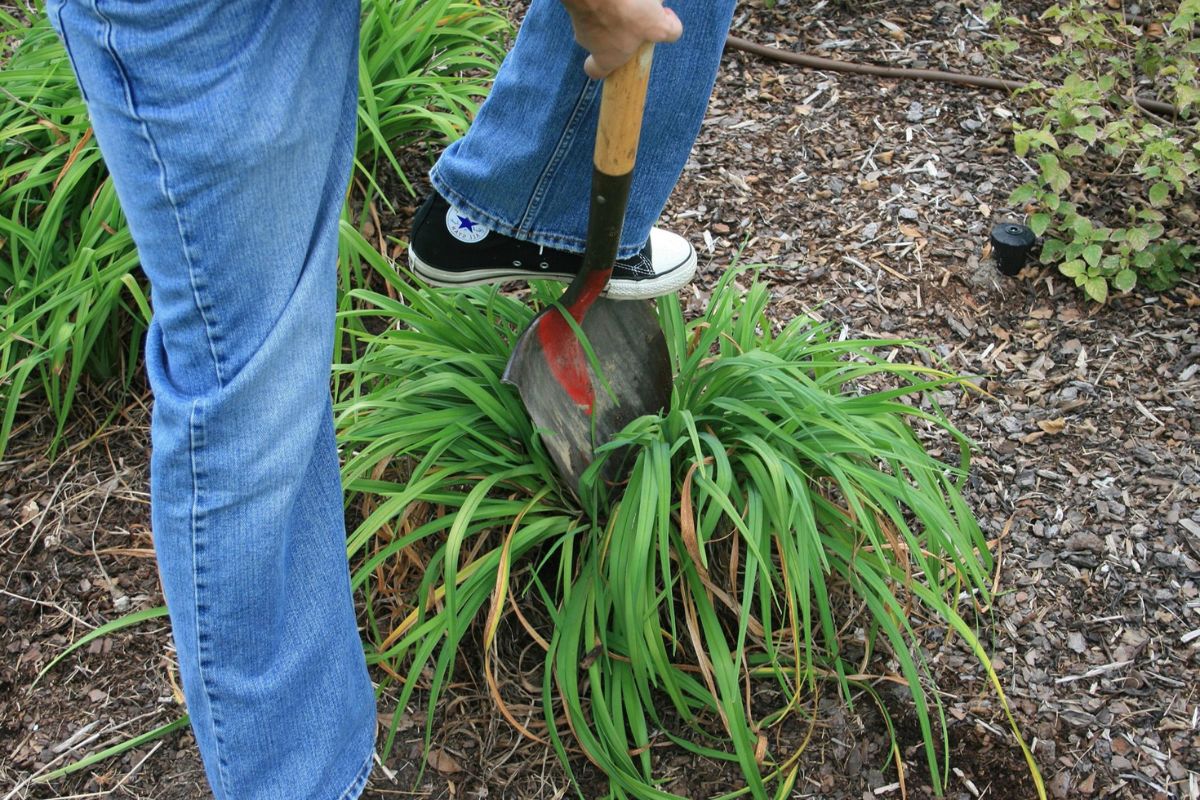

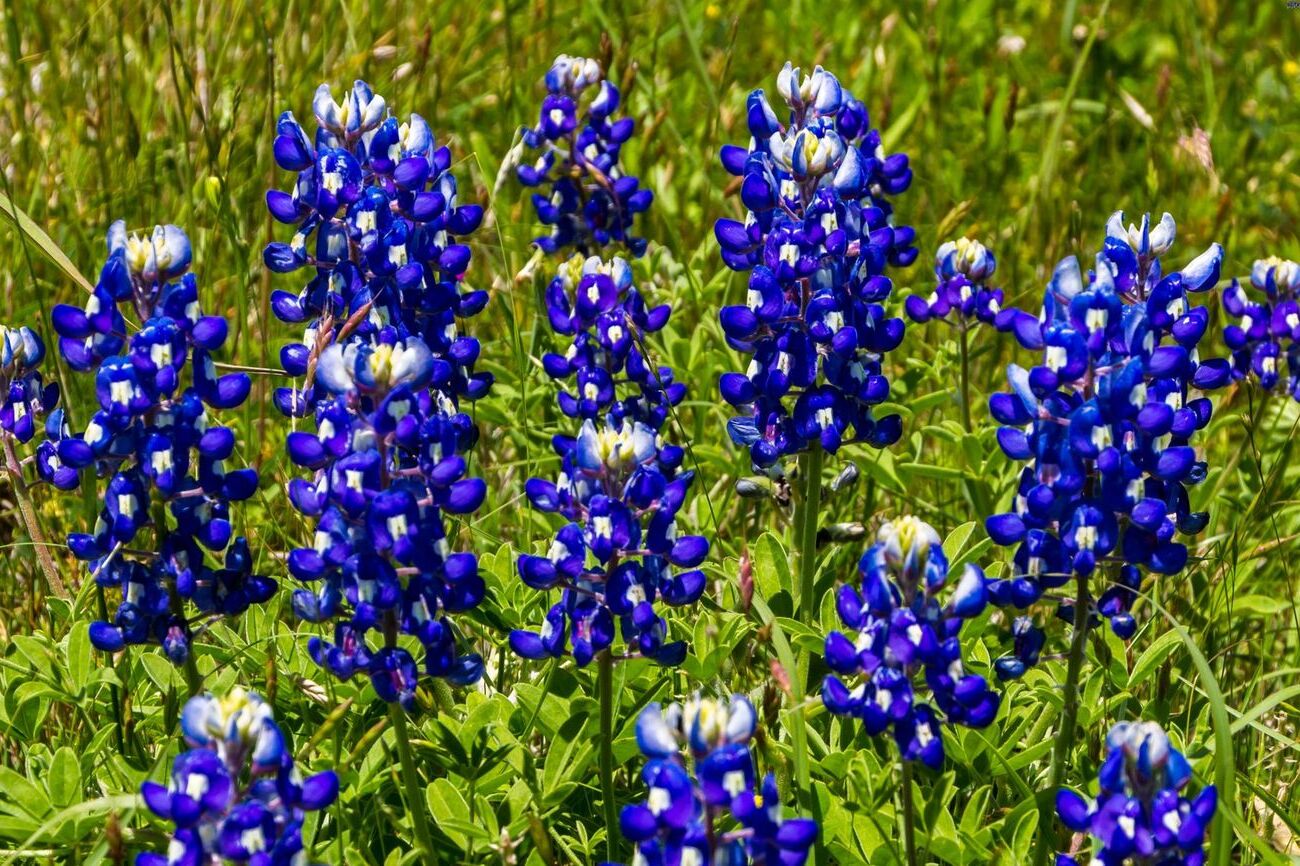
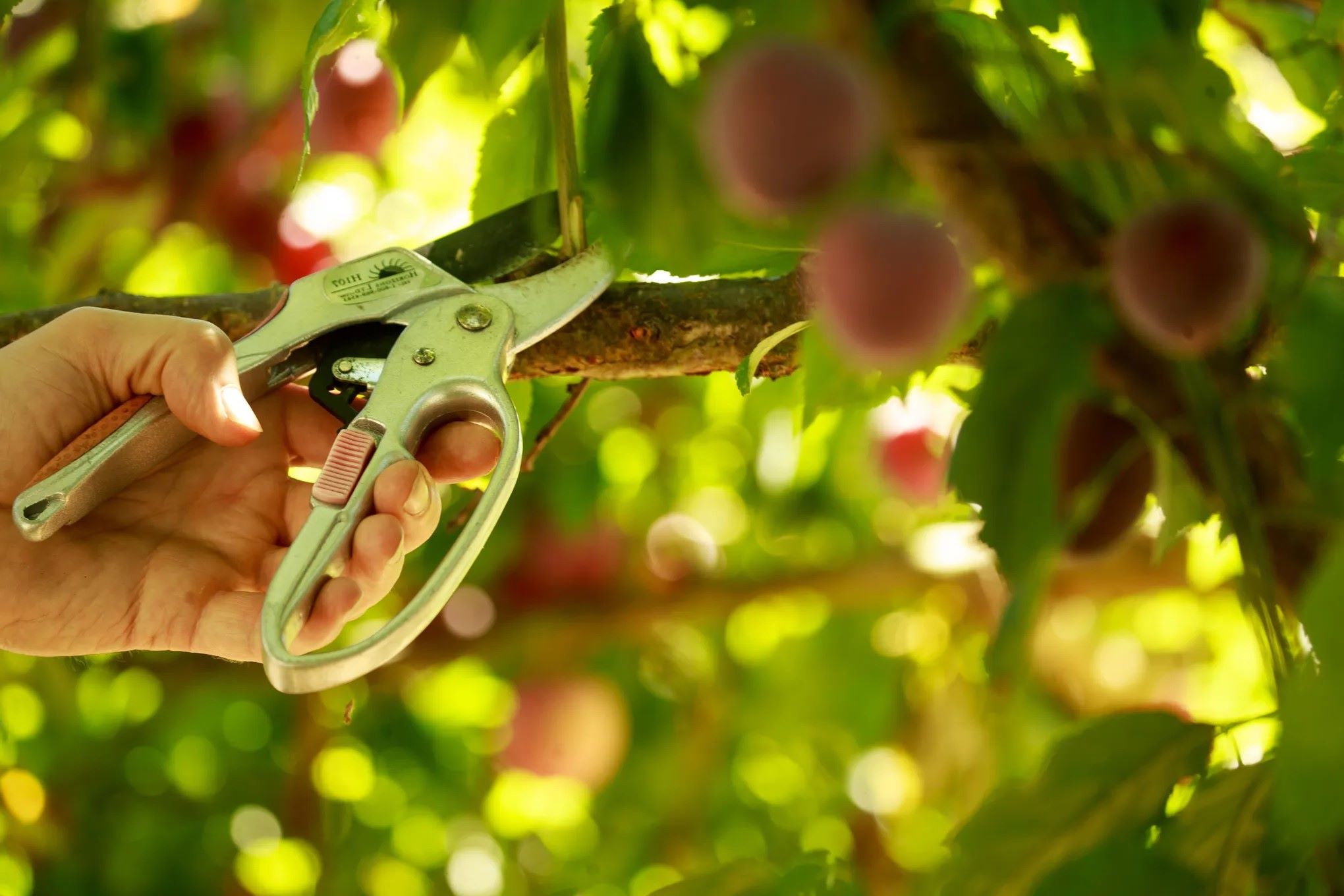
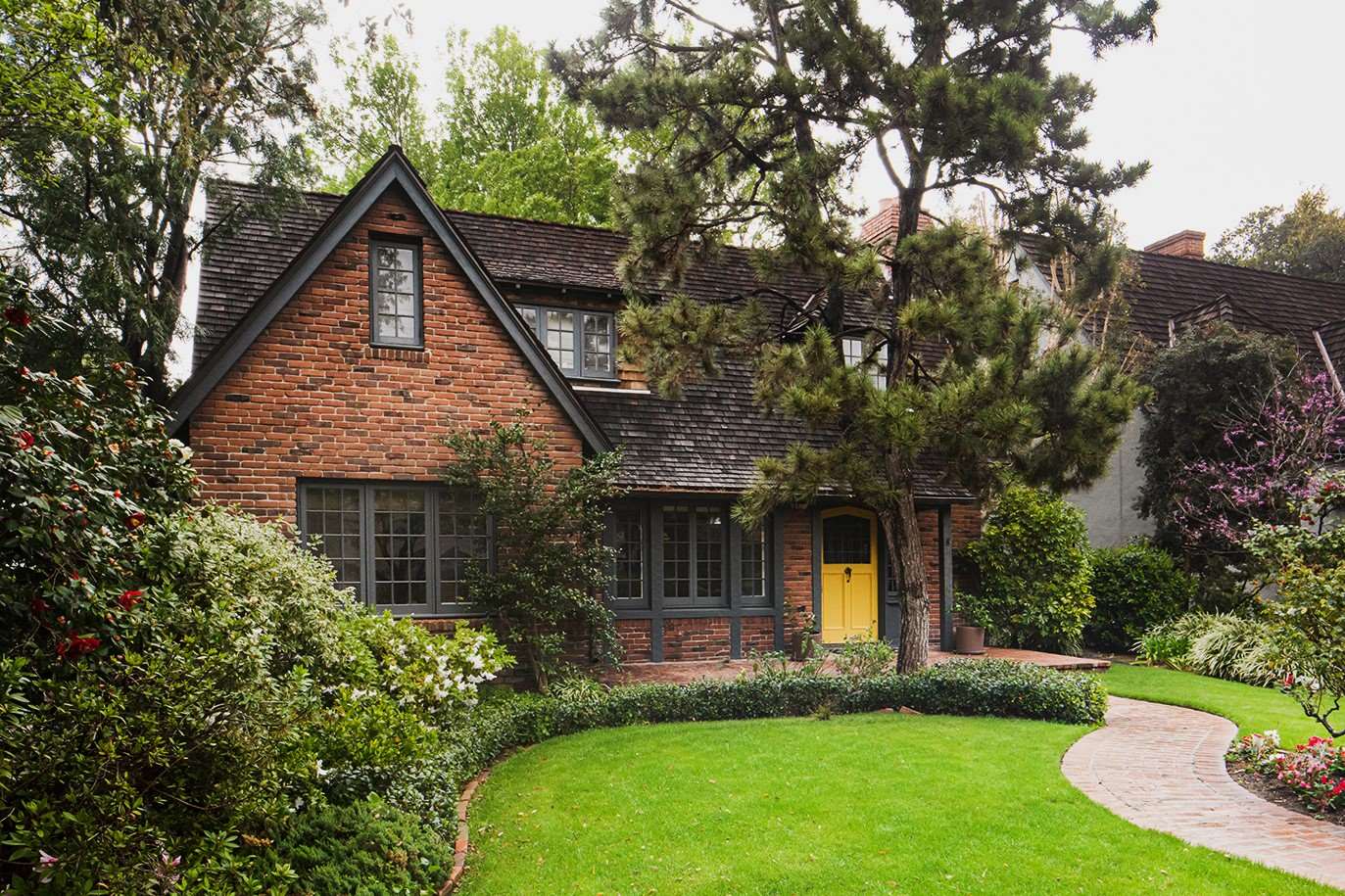
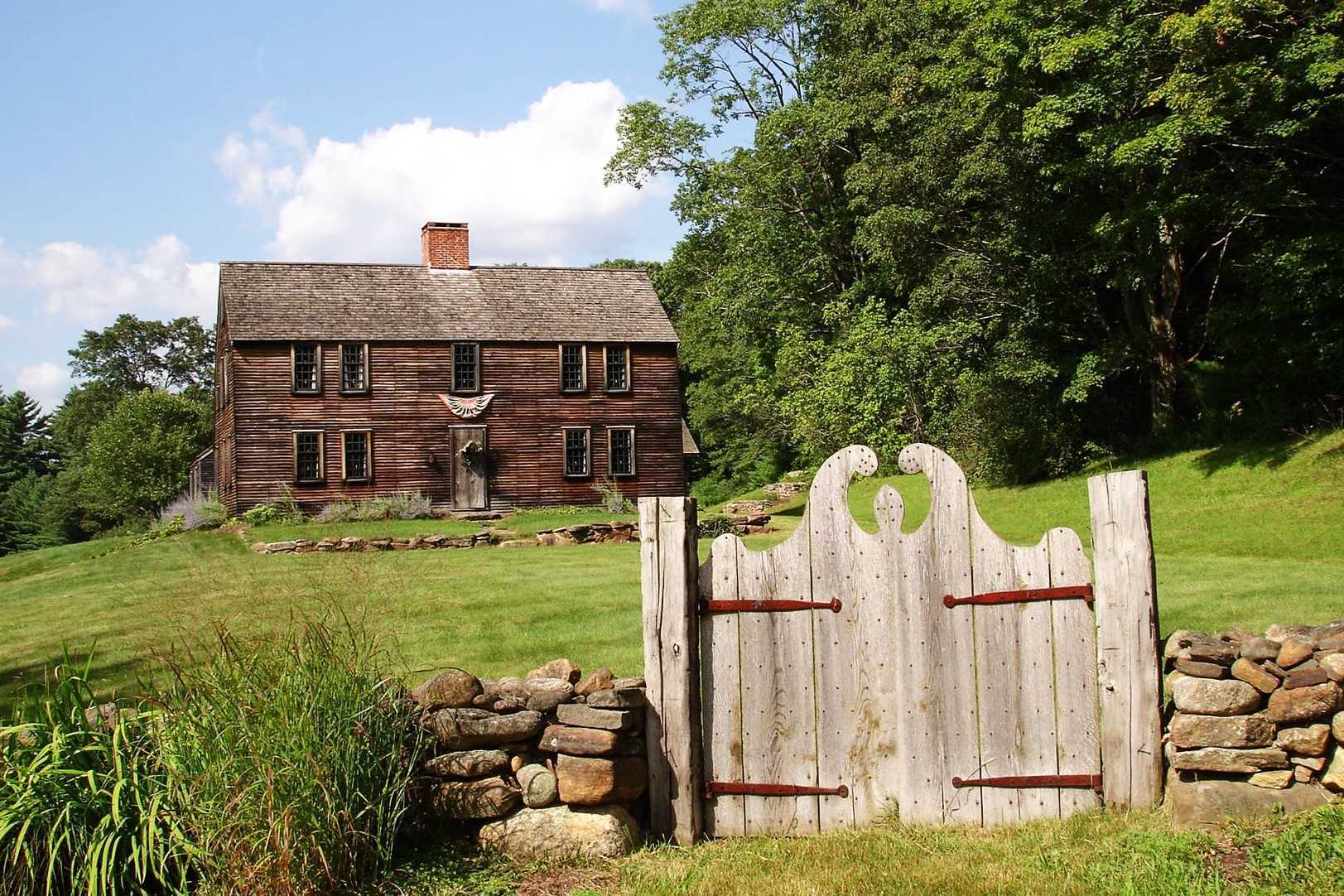
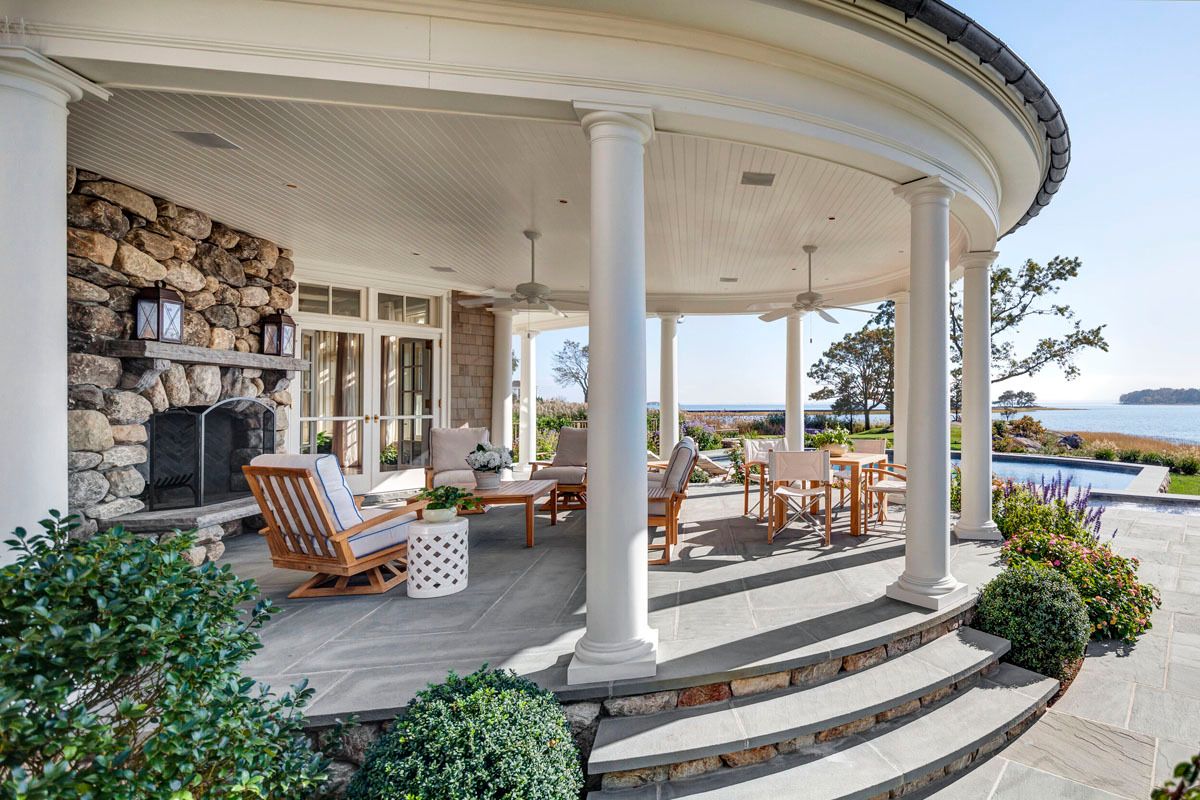
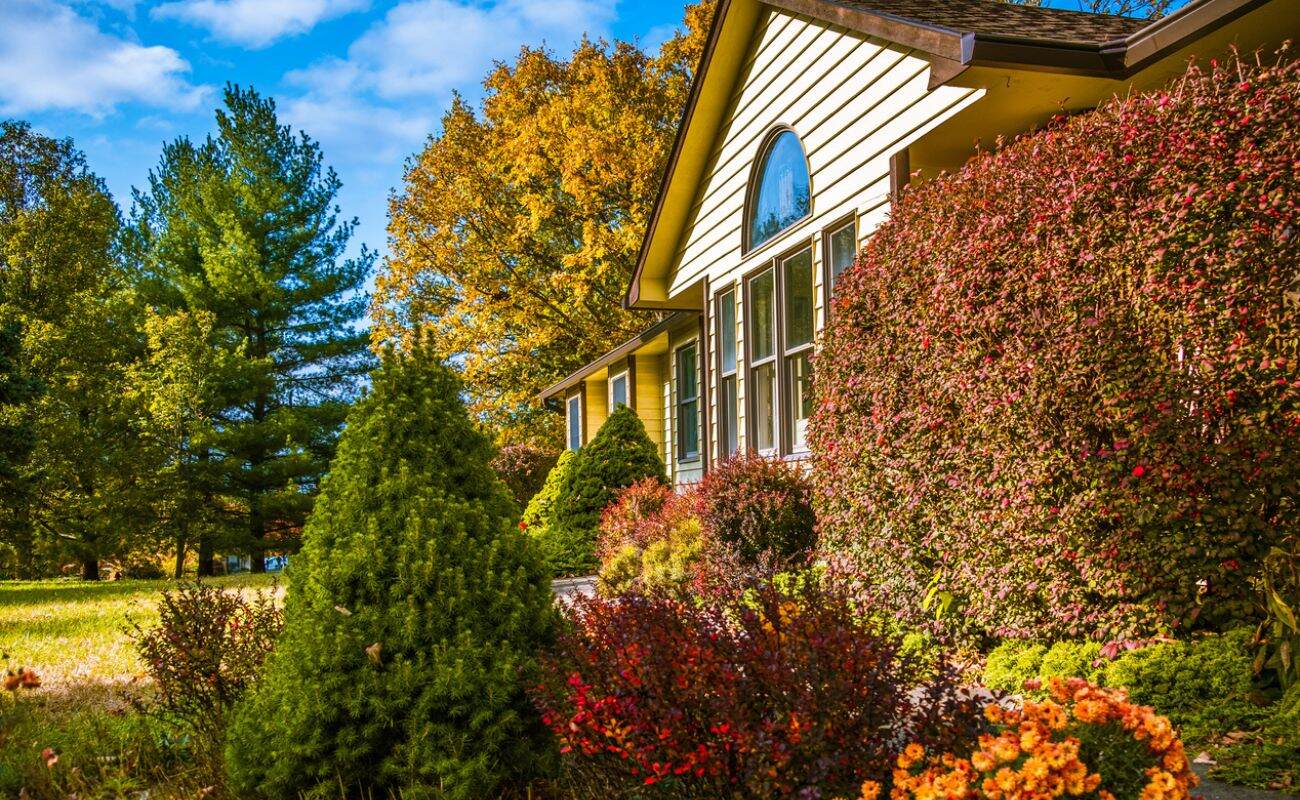
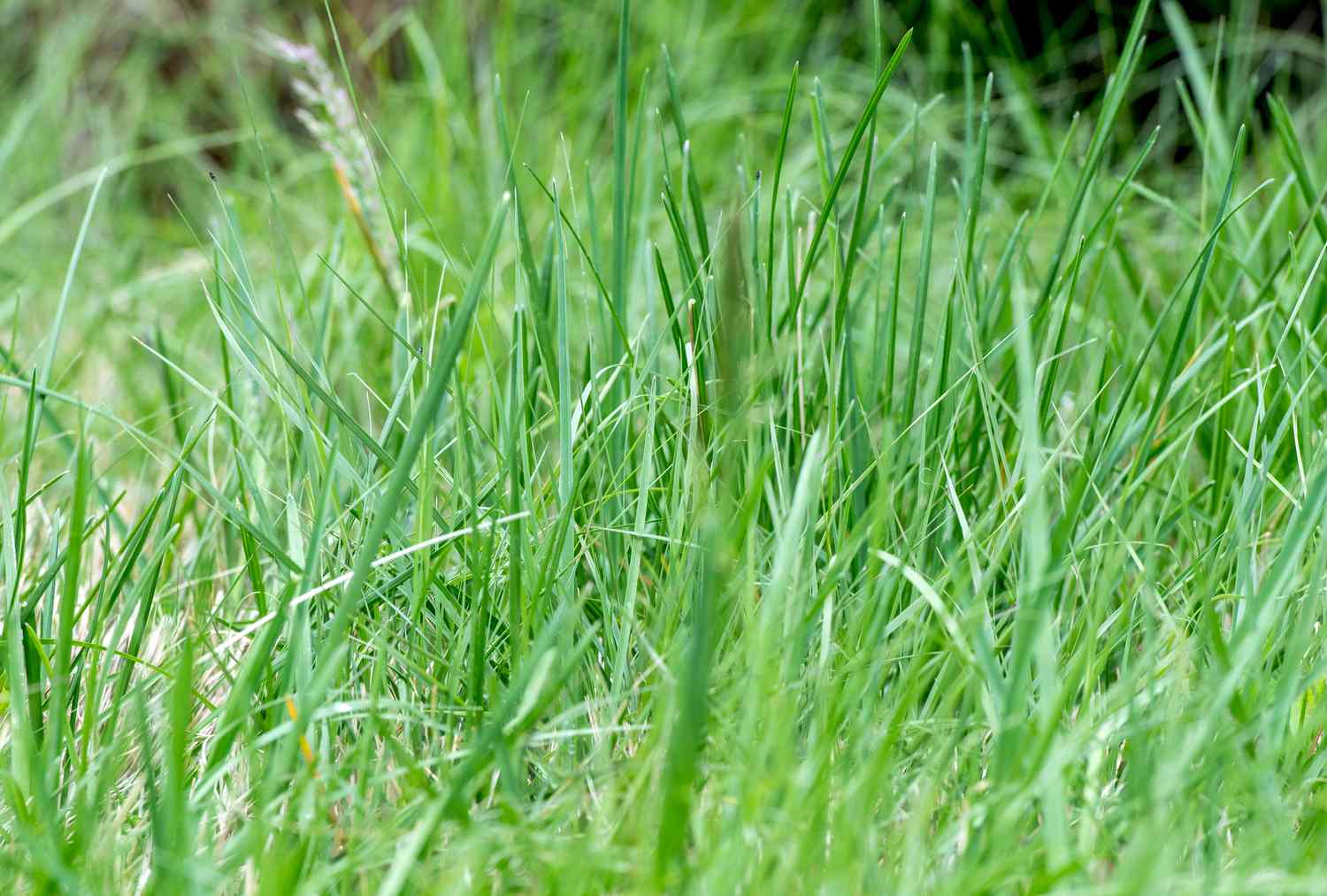
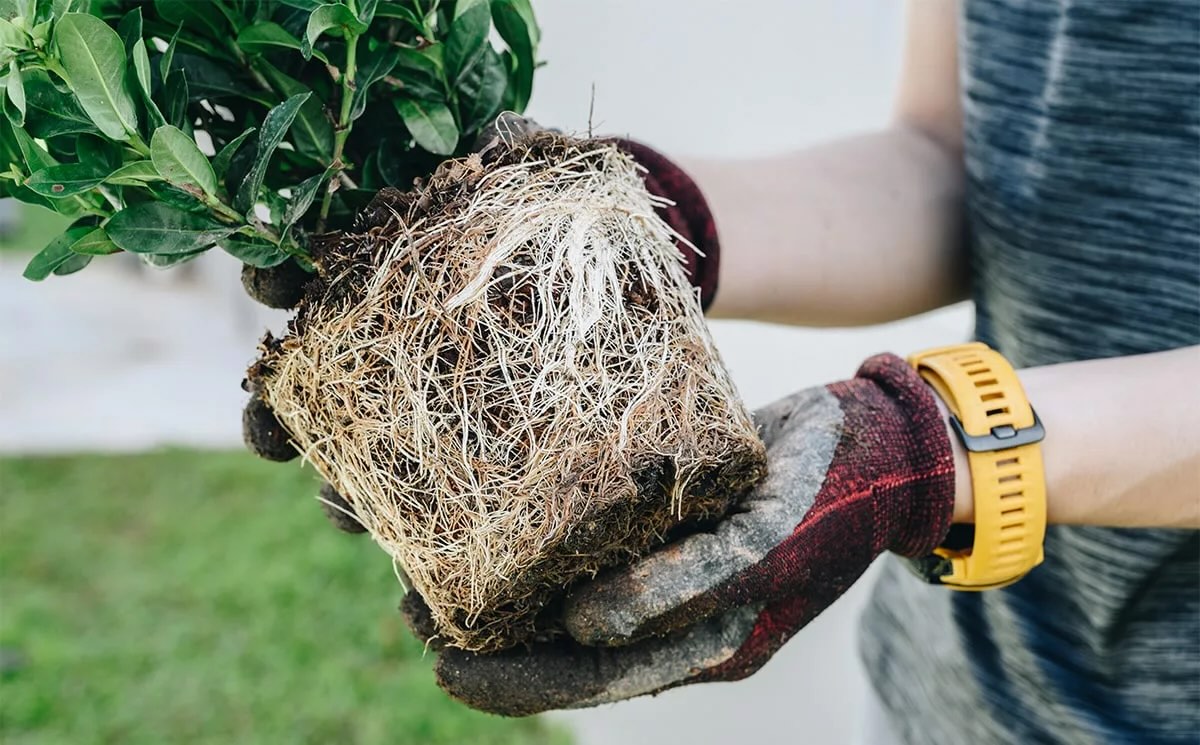
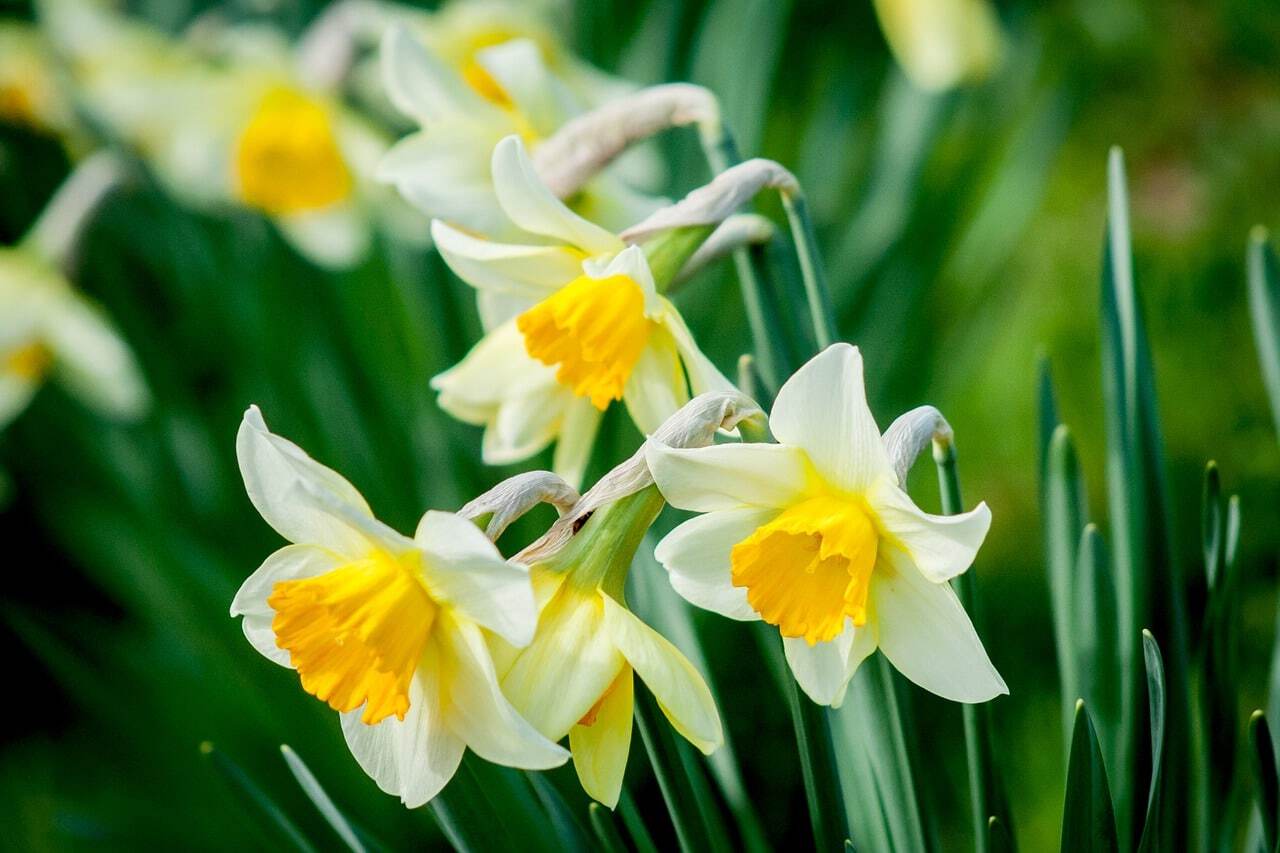
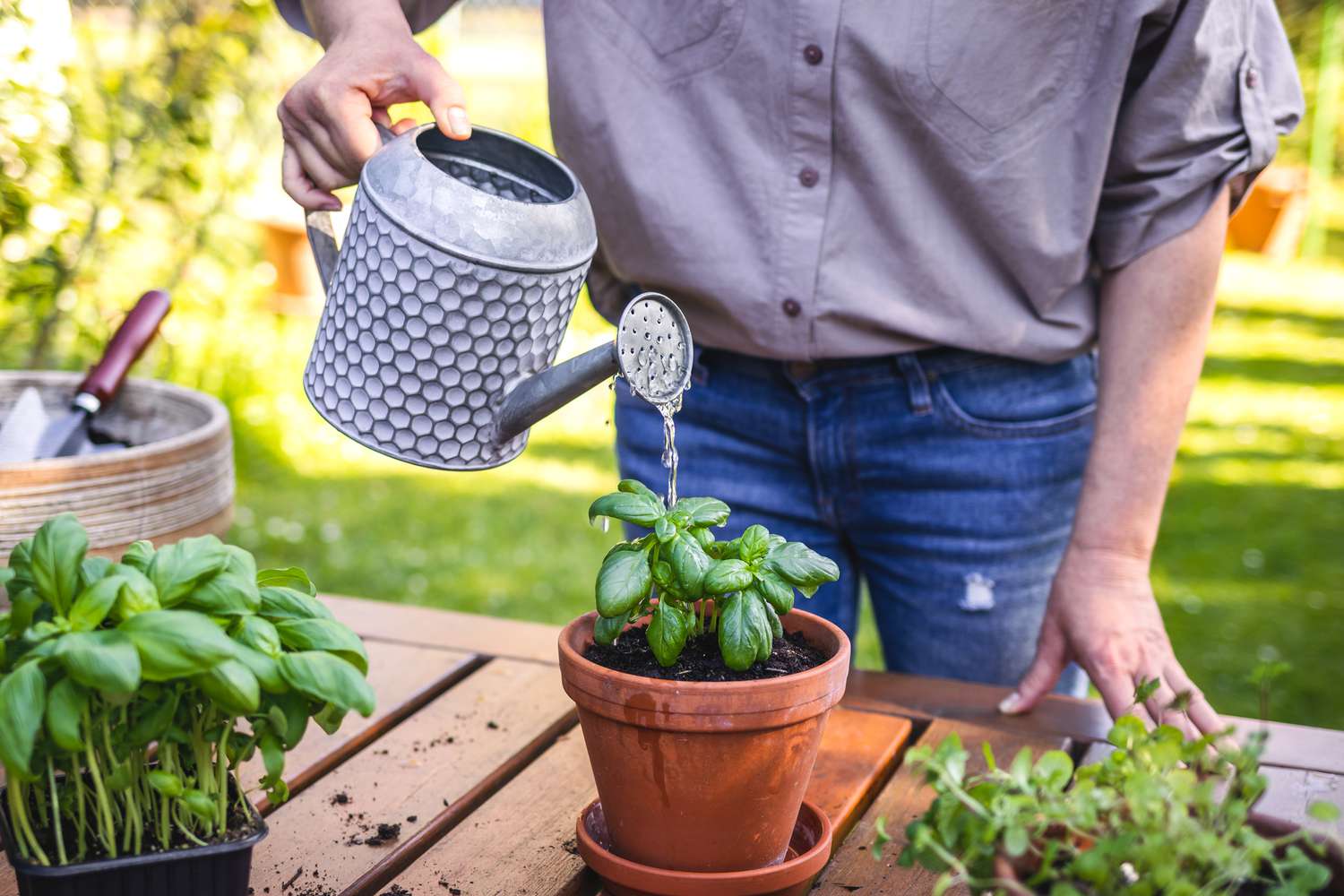
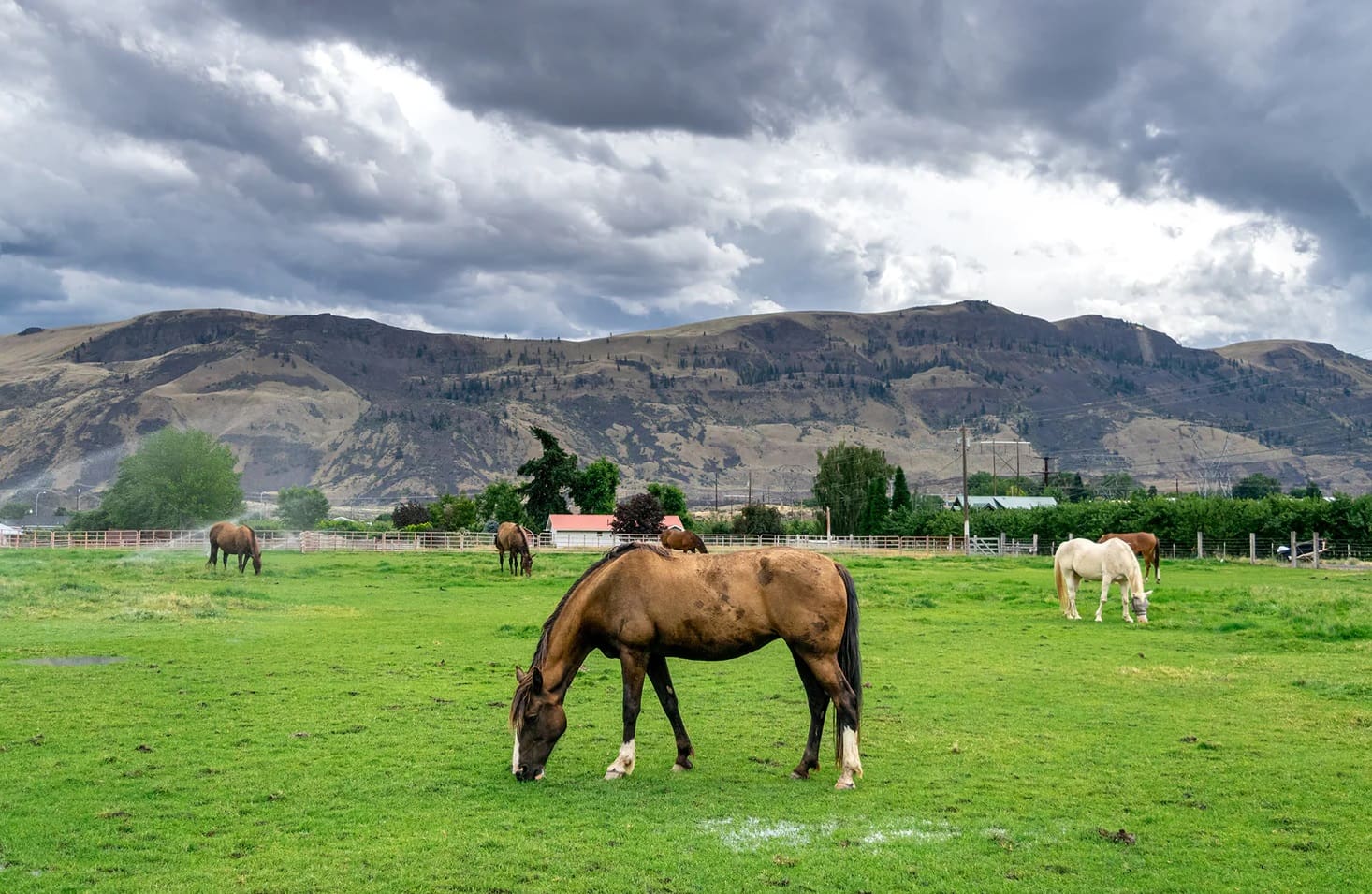

0 thoughts on “The Best Time To Plant A Vegetable Garden In New England”